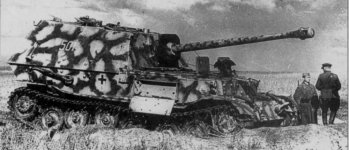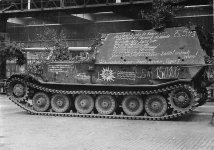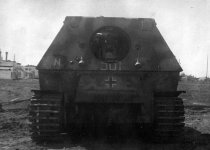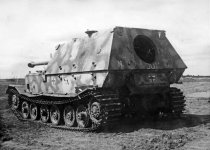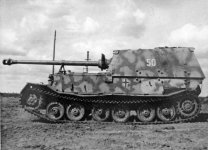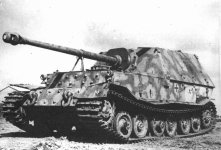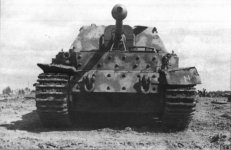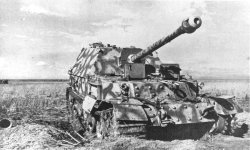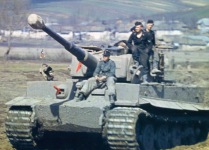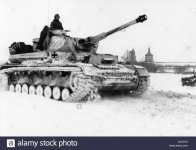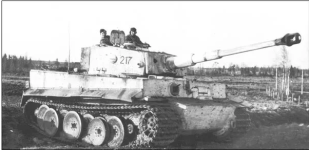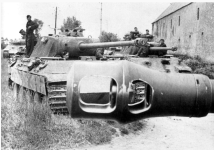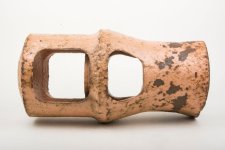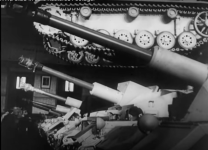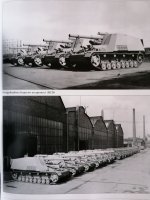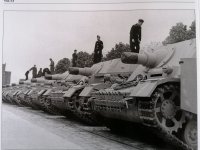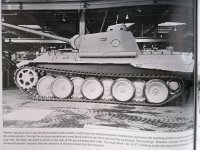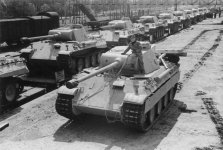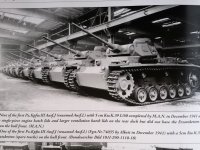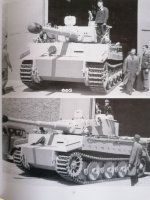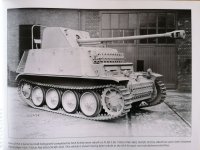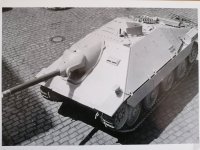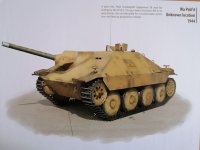Mastercom10
Specialist
- Joined
- Oct 14, 2010
- Messages
- 276
Number 501 was one of the most photographed Ferdinand by the russians during the battle of Kursk.
We are lucky to have many wartime photos showing it from all sides, so we can notably compare the real camo scheme and markings with the FL model.
A short historical story : on 13 July 1943, Ferdinand #501 of s.Pz Jg Abt 654 ( commander Oberleutenant Wilde ) became
disabled in a minefield in the area of Ponyri station (so, no more combat action after 13th July !).
As usual, FL model has a very attractive painting and weathering job.
And finally, the muzzle brake of the barrel is not systematically all blackened.
I'm not saying it can't exist but the majority of wartime photos that I have been able to see don't show a blackened muzzle brake.
It's a shame that several brands systematically do this; perhaps an "artistic view" ?.
Just a little remark about the running gear : it seems to me that the space between the wheels is a little small, but that may be due to the way the photos are taken.
We are lucky to have many wartime photos showing it from all sides, so we can notably compare the real camo scheme and markings with the FL model.
A short historical story : on 13 July 1943, Ferdinand #501 of s.Pz Jg Abt 654 ( commander Oberleutenant Wilde ) became
disabled in a minefield in the area of Ponyri station (so, no more combat action after 13th July !).
As usual, FL model has a very attractive painting and weathering job.
And finally, the muzzle brake of the barrel is not systematically all blackened.
I'm not saying it can't exist but the majority of wartime photos that I have been able to see don't show a blackened muzzle brake.
It's a shame that several brands systematically do this; perhaps an "artistic view" ?.
Just a little remark about the running gear : it seems to me that the space between the wheels is a little small, but that may be due to the way the photos are taken.


